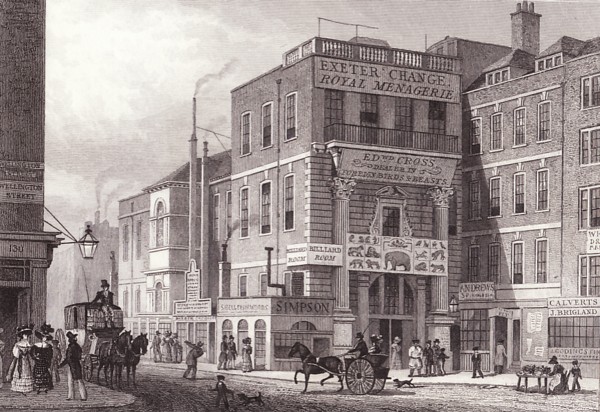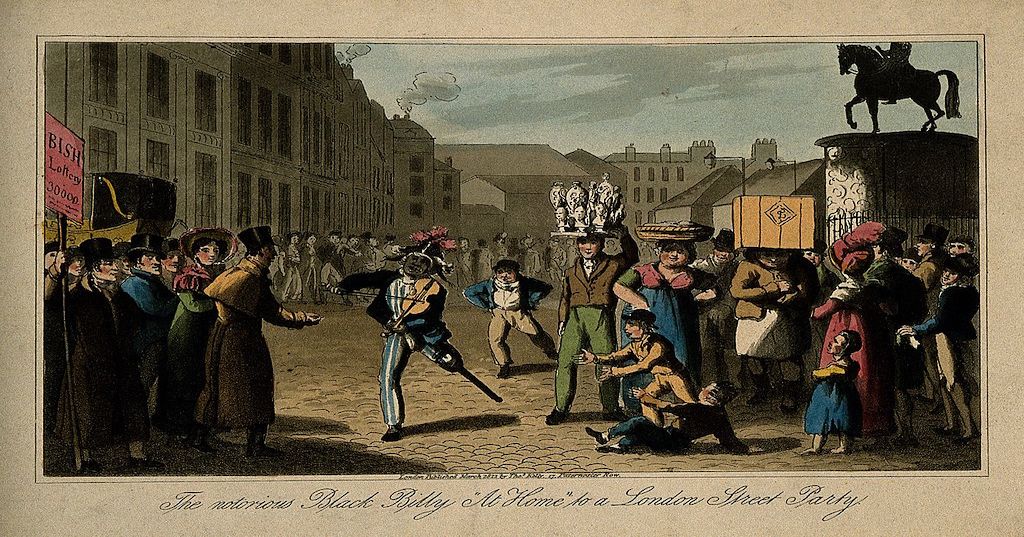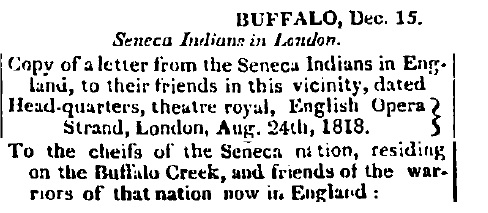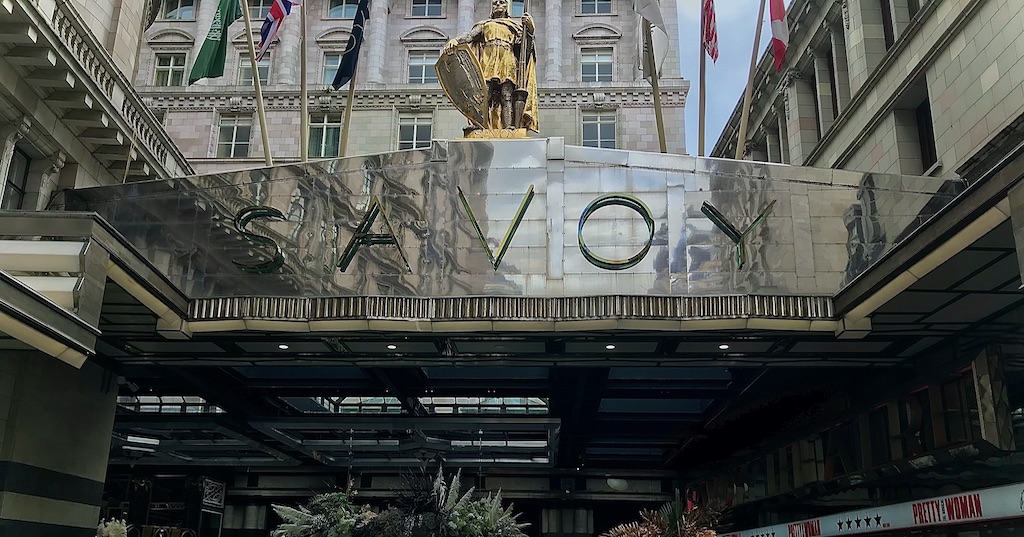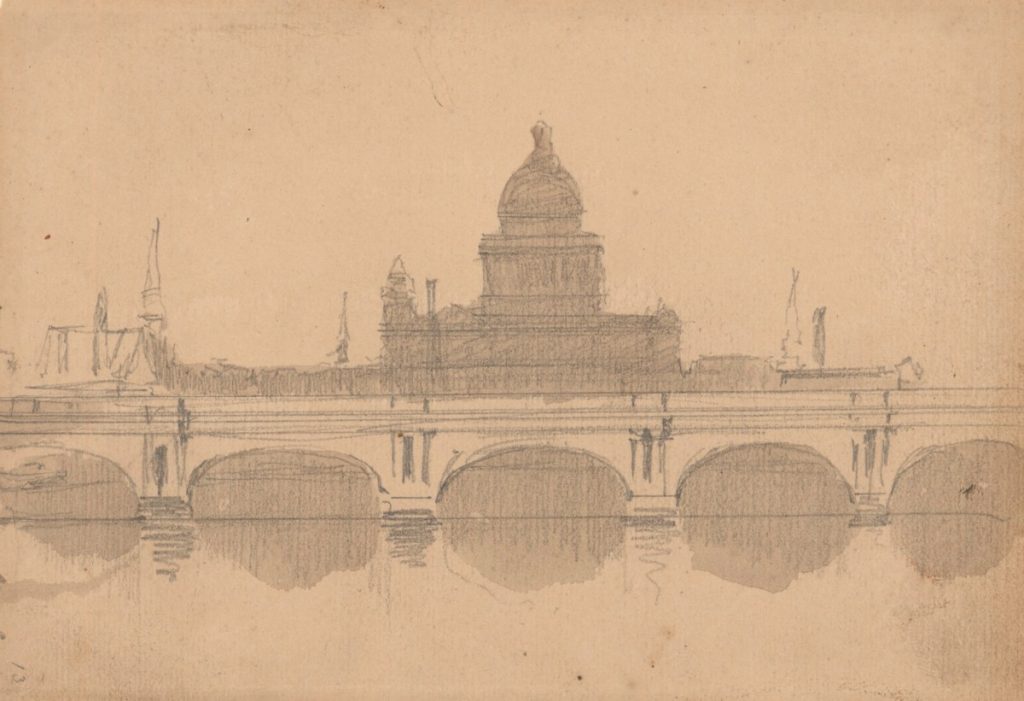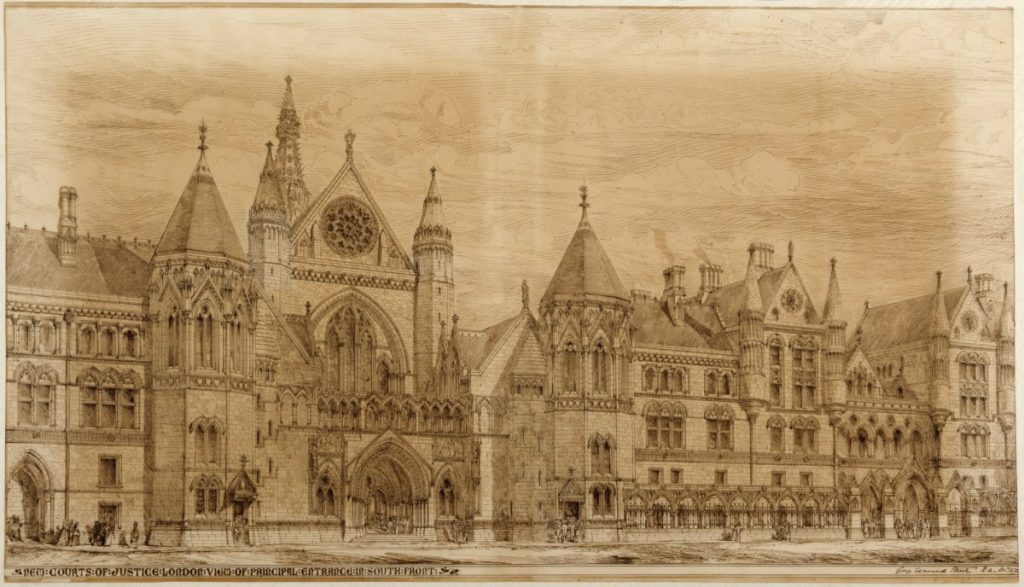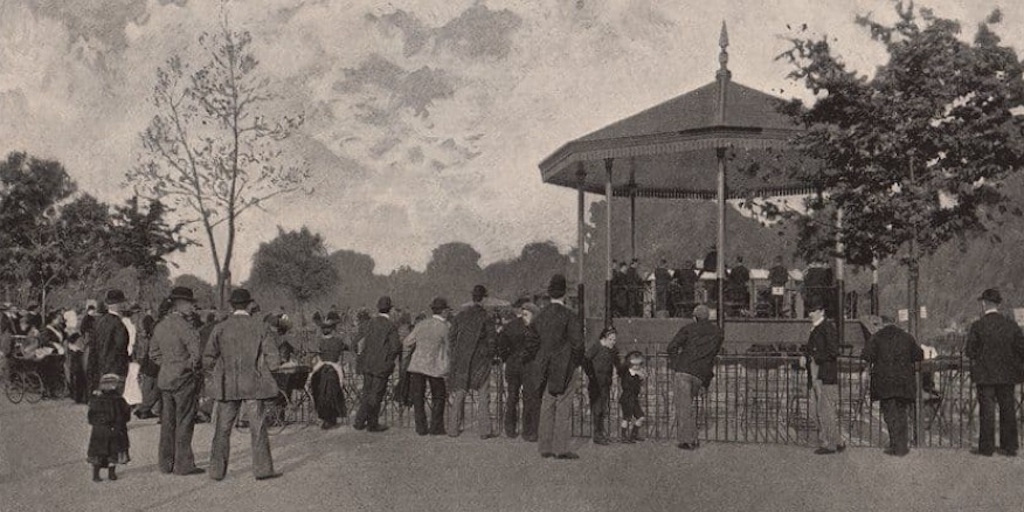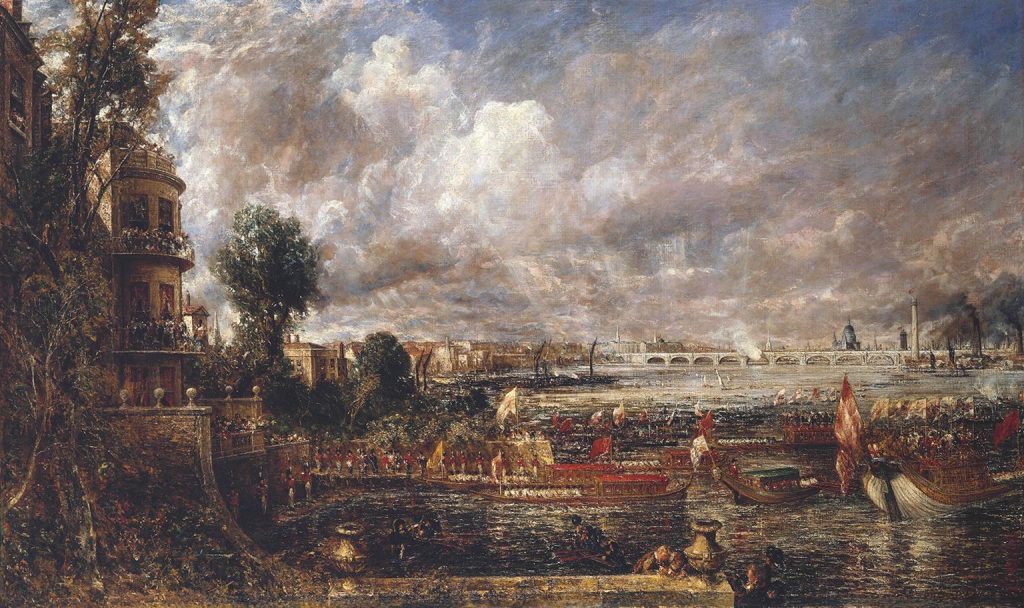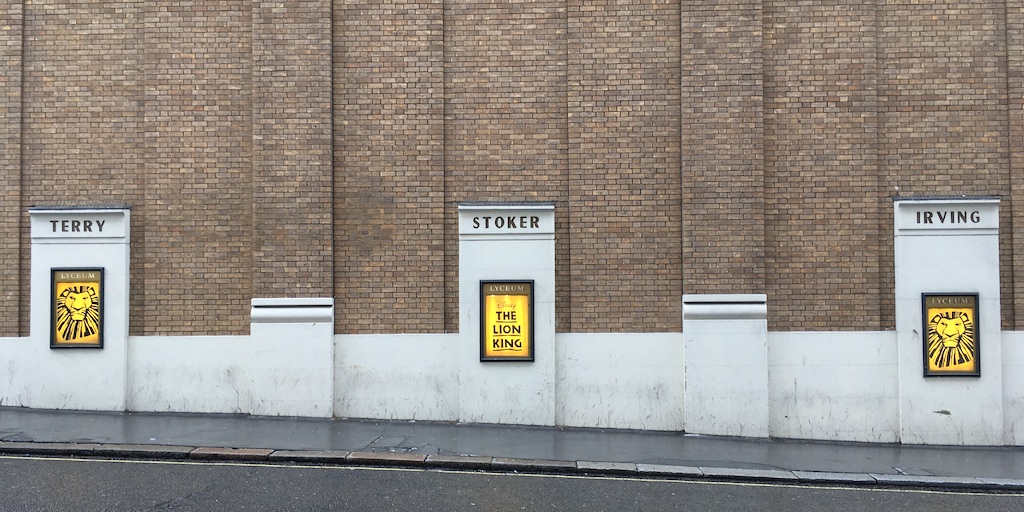19th Century
Simpson’s-in-the-Strand – In literary, in historical, and in contemporary London
Why write about this? Though the website of Simpson’s-in-the-Strand advertises itself as the “Home of Chess,” this is not what drew me to writing about this almost-two-century old restaurant. I was reading a novel by J.G. Farrell, The Singapore Grip, when I stumbled upon the following passage. “But then, one day in 1925, on a…
Read MoreBilly Waters: The Busker of the West End
Thus poor Black Billy’s made his Will, His Property was small good lack, For till the day death did him kill His house he carried on his back. The Adelphi now may say alas! And to his memory raise a stone: Their gold will be exchanged for brass, Since poor Black Billy’s dead and gone.…
Read MoreIndigenous actors at the heart of empire: A letter from the Strand to Buffalo Creek
In 1818, seven members of the Seneca nation were in London performing in the Theatre Royal on Drury Lane. The Hartfort Courant, an American newspaper that ran in Connecticut, published a letter they intercepted from the performers to their families and friends. Through the words of the performers themselves, this article hopes to highlight their…
Read MoreSavoy to Albemarle: The Tale of Wilde’s Demise
The Savoy On the 2nd March 1893, the Savoy Hotel’s adjoining rooms 362 and 361 were checked into by an Oscar Wilde rapidly approaching the apogee of his dramatic career. Soon to be joined by Lord Alfred Douglas – or ‘Bosie’ – to whom Wilde had been introduced some two years earlier, the pair would…
Read MoreTourists on the Strand in the 1860s: A whirlwind tour from New York to the Temple Bar
Introduction: On July 1st 1867, American journalists published their reports of traveling through London back in the United States. A Brooklyn-based newspaper called the Circular (1851-1870) was printing the series named, “Journal of European Travel.” Where we can view London, as if a tourist, from over 150 years ago! What might surprise you is how…
Read MoreGeorge E. Street’s Royal Courts of Justice: architectural visions of the Strand
In 1873, George E. Street began building his most visible architectural project: the Royal Courts of Justice. The project, which required eleven years of construction, became one of his last, as Street did not live to see the Courts completed in 1882. According to Street’s son, the New Law Courts project, as it was called…
Read MoreGeorge Gissing’s London: A walk from Battersea park to Trafalgar Square
Introduction George Gissing was an English novelist in the 19th century, part of the Naturalism literary movement. His books The Nether World, New Grub Street, and The Odd Women were all set in London. The latter of these is from where we draw inspiration today. The Odd Women (1893) focuses on the role of women in…
Read MoreLGBTQ+ History Month February 2021: do you have a story to share?
Hopefully, if you are reading this, you’ll know that Strandlines is a site dedicated to stories about and from the Strand area: from Trafalgar Square to where the Strand meets Fleet Street; Temple, Embankment and Charing Cross; and into the southern edge of Covent Garden. The editorial team are seeking stories, memories, art, short research…
Read MoreTwo Short Accounts on the Old Waterloo Bridge
Before structural issues led to a redesign (resulting in Giles Gilbert Scott’s concrete bridge built in 1942), Waterloo Bridge was considered the most beautiful of all London’s bridges, whose aura was captured more than once by artists: including Constable and Monet during his stays at the Savoy. The following accounts, one by an English archeologist…
Read MoreDracula Stalks the Strand
On the back wall of the Lyceum theatre in Burleigh Street are three engraved names: Stoker, Irving and Terry. They honour three great characters of the British theatrical world in the late 19th century. Henry Irving was the actor/manager of the Lyceum from 1878 to 1902. Ellen Terry was one the most famous actors of…
Read More
